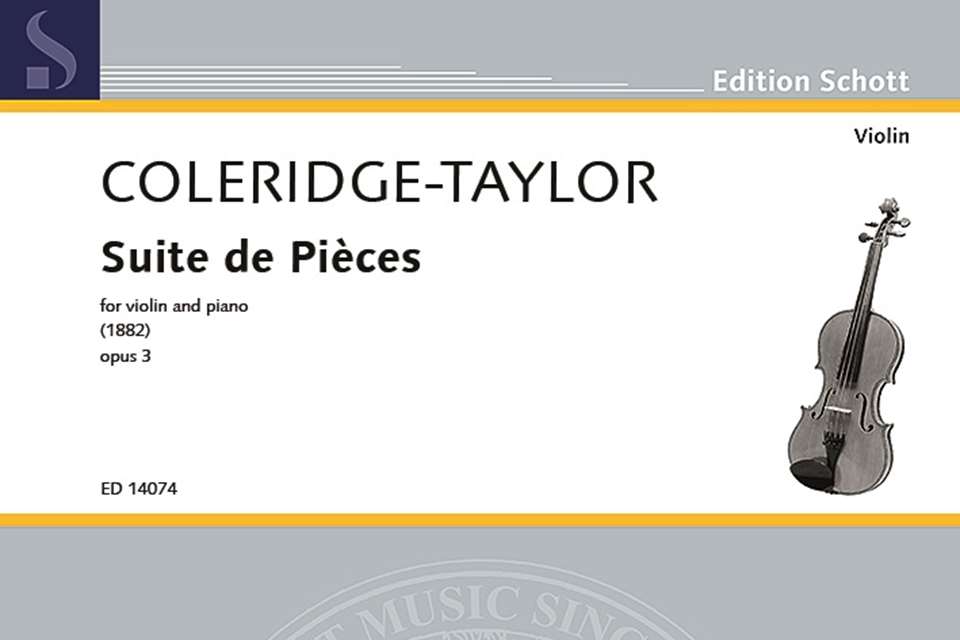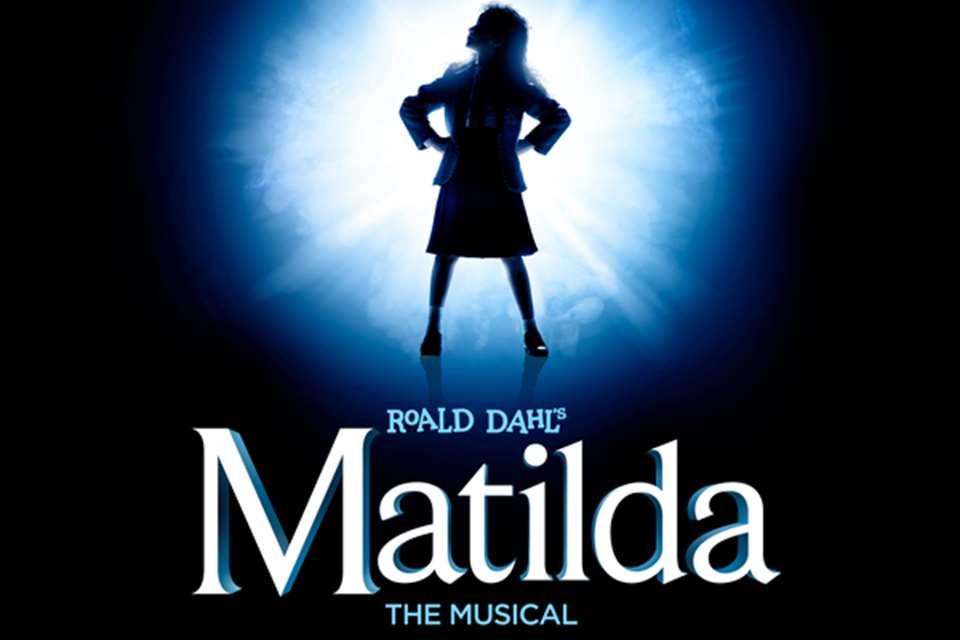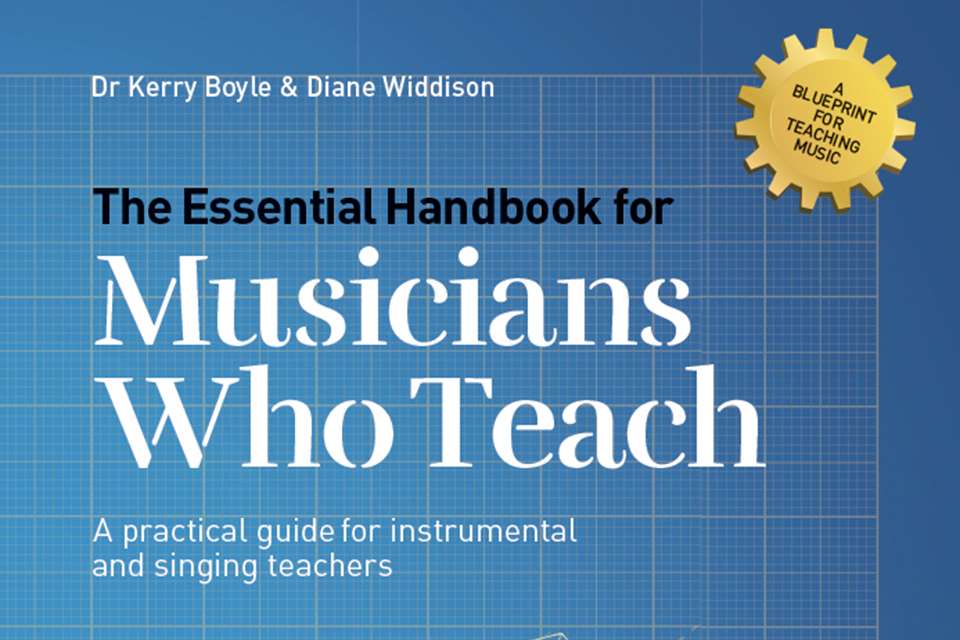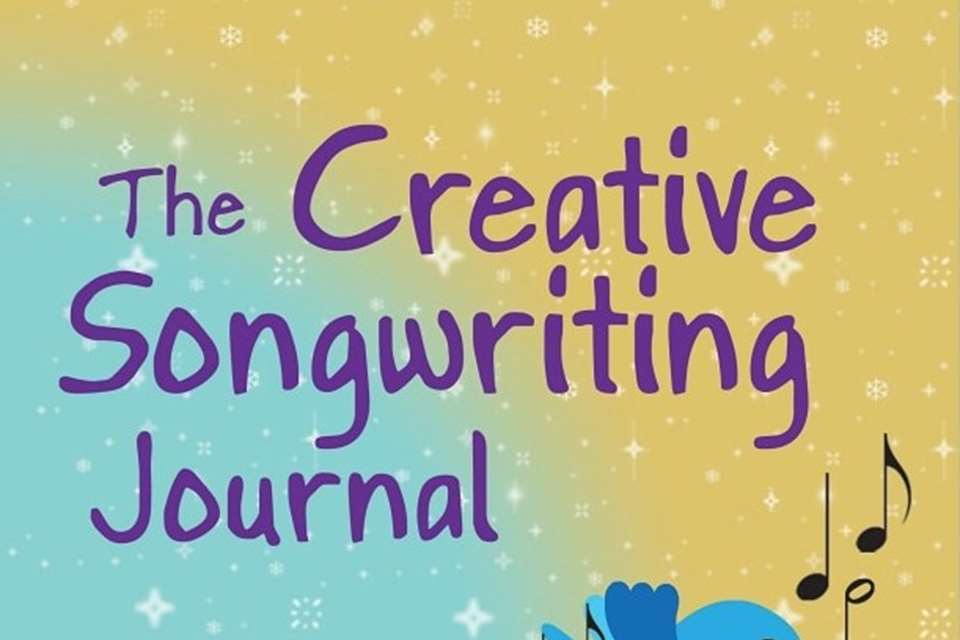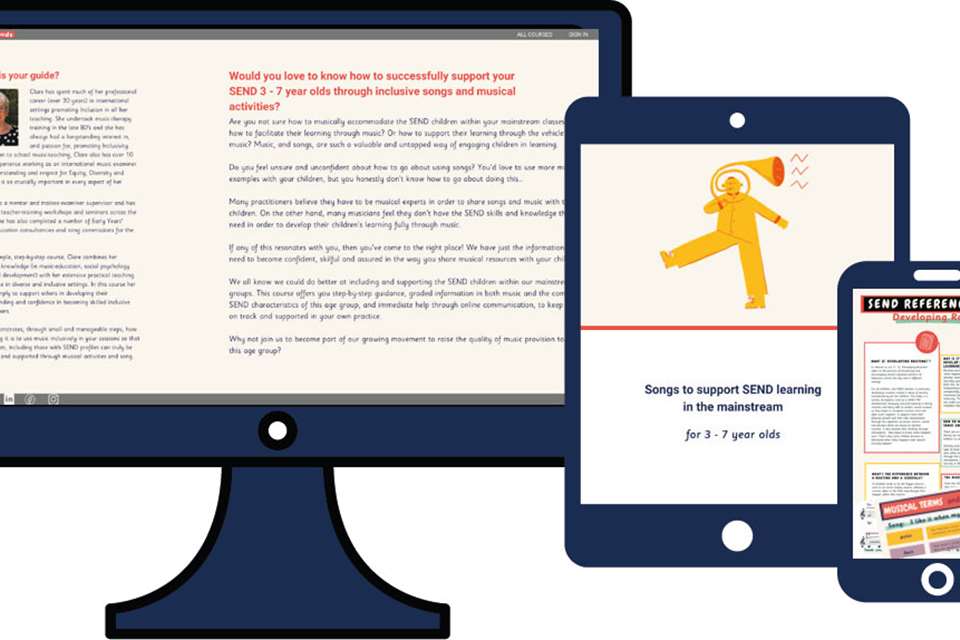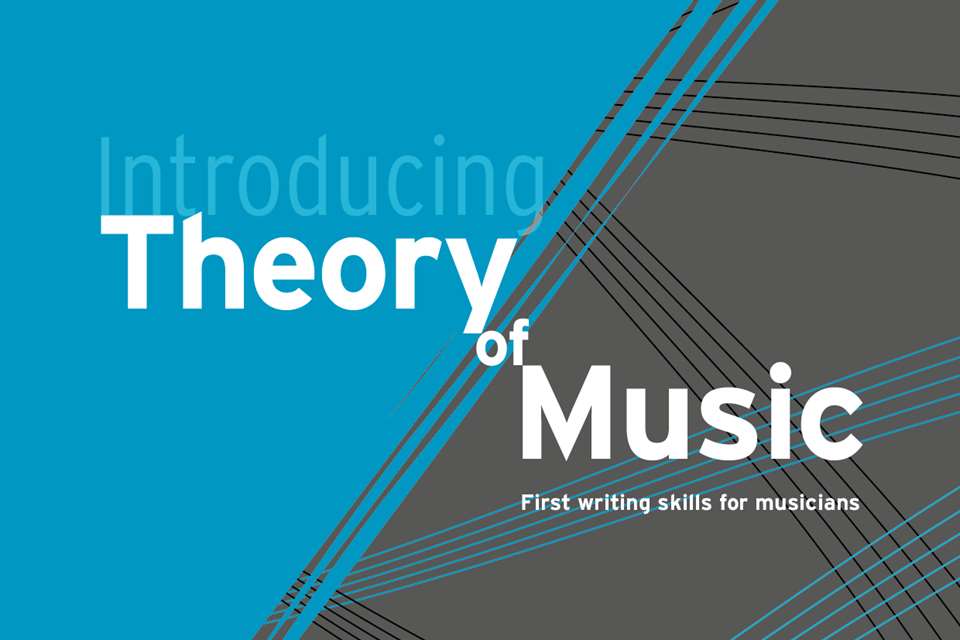Reviews: ABRSM Flute syllabus
Clarissa Payne
Wednesday, September 1, 2021
Clarissa Payne reviews the new Practical Flute Syllabus from ABRSM.
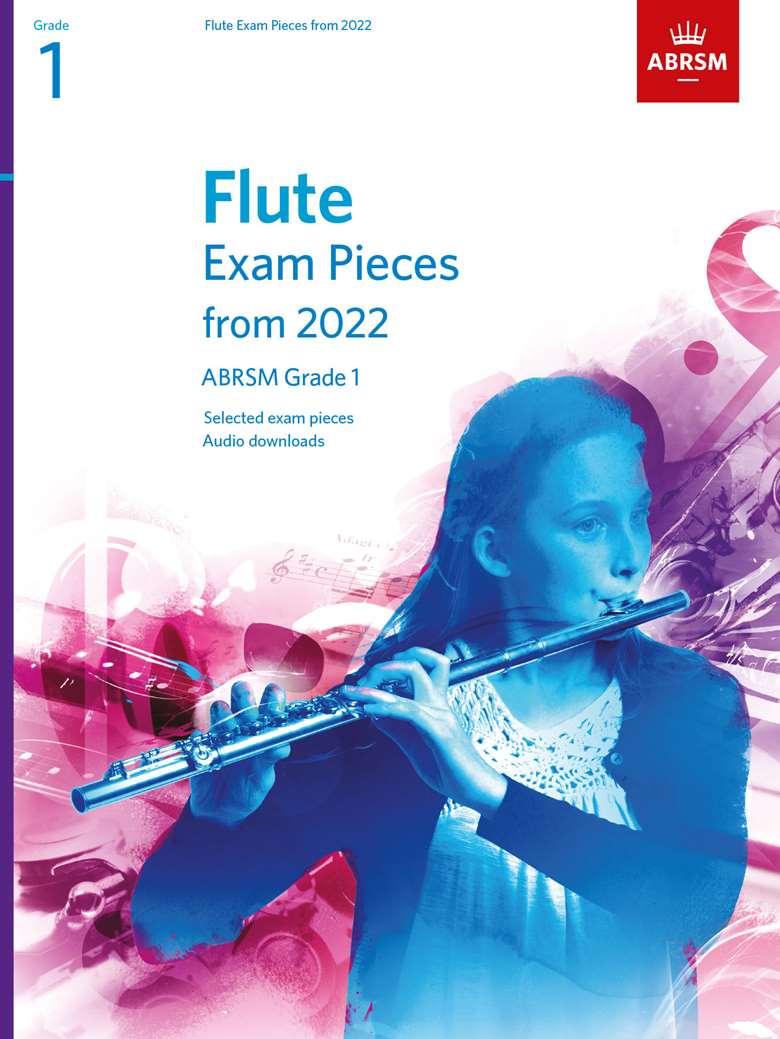
As we'd expect, the new flute syllabus from ABRSM has a huge range of choices for grade exam candidates – classical music from every period, jazz, Latin, folk from different traditions, film music, pop and show tunes all feature, and there's far too much to cover exhaustively here. The board has clearly made an effort to move away from ‘male, pale and stale’ – alongside Bach and Mozart are pieces by women composers and composers from ethnic minority backgrounds.
There are some interesting changes in the syllabus structure. Instead of two groups of accompanied pieces and one unaccompanied, the groups are now formed around musical characteristics such as mood or articulation. Unaccompanied pieces feature in all three groups, and at Grades 1–3, a duet option is newly available. Candidates taking the online Performance Grades introduced this year will choose four pieces.
ABRSM's new Practice Partner App allows the learner to isolate the flute or piano parts, increase or decrease the tempo and make loops to help nail the tricky bits. At Grade 1, Ignatius Sancho's cheery and poised dance movement ‘Le douze de décembre’ evokes an 18th-century ballroom. Smooth finger control is needed, and the player can contrast articulation and dynamics. Sakura, a traditional tune from Japan, is reflective and legato, and will challenge the player's tone and breath control. The always-irresistible The Muppet Show Theme offers an opportunity to really let rip.
Grade 2 candidates could choose Soussmann's Study in D major to show off precision in finger and tongue technique and a scherzando character. In contrast, the long phrases of the flute's melancholic melody float above some interesting harmonies in Karen Tanaka's Once Upon a Time. ‘We're Off to See the Wizard’ is always a great tune for introducing 6/8 to pupils and Nikki Iles' arrangement has lots of variety.
The ‘Prelude’ from Charpentier's Te Deum H. 146 will encourage Grade 3 candidates to get in touch with their inner trumpeter and players can also show off their ornaments here. The quirky syncopations of Octave Juste's Blanche-Neige au bois dormant will appeal to pupils who want to spin a magical story on the flute. Syncopation is used very differently to the Juste in St Louis Rag by Tom Turpin – a great opportunity for candidates to show pace and energy.
Grade 4 players have an interesting selection of Baroque repertoire to choose from, including Wilhelmine von Bayreuth's elegant yet lively 6/8 ‘Allegro’. Hilary Taggart, a flautist herself, always writes wonderfully for the instrument and Midwinter is no exception – a lyrical solo piece that encourages the player to think harmonically. It requires good control of piano playing and diminuendo, with tempo changes and echo effects adding to the icy mood. Tony Cliff 's ‘Holiday-Time’ is warmer and goes with a swing.
In the higher grades, well-loved flute repertoire pieces are well represented – I'm assuming the reader is familiar with these and have chosen to highlight those that are less well known or are appearing in a grade exam syllabus for the first time. At Grade 5, Augusta Holmès' ‘Gigue’ is an appealing choice – the composer's Irish roots are given a French Romantic treatment. The player will need a delicate touch here and a stomp there, as well as energy and stamina.
Out Walking by Errollyn Wallen requires huge range and control from the player. As the harmonies and rhythm of the piano shift, the flute's expressive legato lines are a great opportunity to play with different tone colours. Tico-Tico no fubá by Zequinha de Abreu (arr. Iles) is an instantly recognisable Latin favourite that will challenge the candidate's articulation and breathing.
Choices at Grade 6 include David Baker's melancholic nocturne, which includes optional tremolo and flutter-tonguing. Mel-Bonis makes the flute sigh through magical whole-tone passages in Une flûte soupire, and candidates who want to perk things up can opt for squirrels (Büsser's charming Les écureuils) or bats (Billy Mayerl's jaunty music-hall turn Bats in the Belfry).
Grade 7 has varied unaccompanied choices. Ernesto Köhler's Insect's Dance requires clear articulation in the high register and lots of energy. Monody for a Lost Faun by Adrian Connell is Debussy's Prélude à l’après-midi d’un faune shaken up and seen through a kaleidoscope. Like its inspiration, it needs breath control and the ability to shape and pace long, expressive phrases. Also inspired by Debussy is Reena Esmail's Chardonnay, an unaccompanied option at Grade 8. There are languid passages and rhythmic, driving sections – Esmail wrote it at 17 and now reflects that it has ‘the tentativeness, urgency, and wild abandon of a teenager trying to find her place in an ever-expanding world.’
ABRSM's Practical Flute Syllabus Grades 1–8 is available from 2022. Exam Pieces and Exam Pack available for each grade gb.abrsm.org/en


